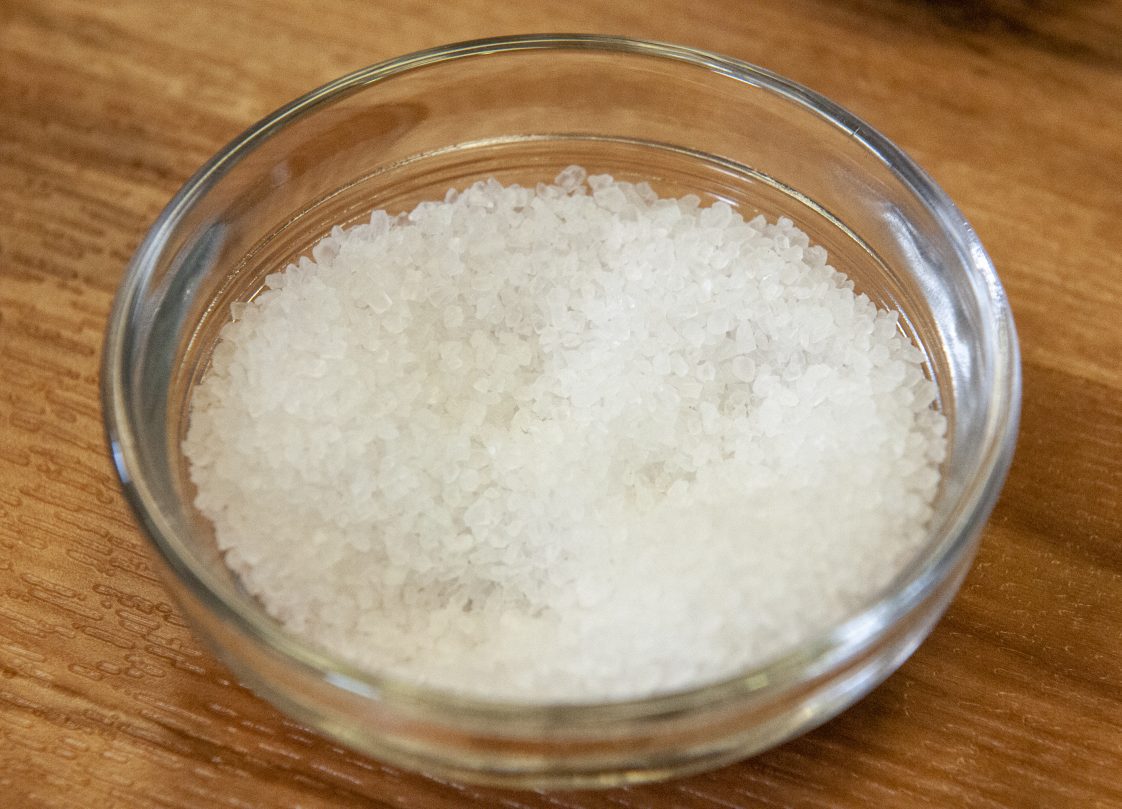Health

Americans consume more than 50 percent of the recommended allowances of sodium. The risks for these excessive amounts of sodium intake are high blood pressure, heart disease, and stroke. Heart disease and stroke are the leading cause of death for Americans. High blood pressure damages the kidneys over time, which can lead to kidney failure.
How can you reduce sodium in your diet?
Fresh is Best
Eating more fresh fruits and vegetables is a great start to reducing sodium. Packaged and restaurant foods account for a large amount of sodium in people’s diet because of the processing they go through. When buying packaged foods, look for ones that are low sodium or no salt added. Read the nutrition label to compare the amount of sodium in various products and choose the options with the lowest quantity.
Language
Many manufacturers make low sodium nutrition claims on their packaged products. Pay attention to the following terms:
- Sodium or salt free. Less than 5 mg of sodium with each serving.
- Very low sodium. 35 mg of sodium or less per serving.
- Low sodium. 140 mg of sodium or less per serving.
- Reduced or less sodium. The product has at least 25 percent less sodium than the regular version.
- Light in sodium. Although some of these foods may still be high in sodium, the sodium content must be reduced by 50 percent from the regular version.
- Unsalted or no added salt. During food processing, no salt is added to the product.
Dining Out
There are several things to keep in mind when dining out.
- Check out the nutrition information on your selected menu item before you go out to eat.
- Ask that no salt be added to your meal.
- Order fruit on the side and vegetables without salt.
- Take advantage of the buy-one-get-one offers some restaurants have.
- Start saving fast food and restaurants for special occasions.
- Keep portion control in mind, you can always take a box home.
Salt at Home
When cooking at home, there are alternatives to replace or reduce the use of salt. Try garlic, citrus juice, salt-free seasonings, herbs, and spices instead of salt. Rinse canned products before cooking, this can reduce the sodium content by 40 percent. Limit condiments such as barbecue sauce, ketchup, salad dressings, and hot sauce. Watch those extra salty sides like pickles, olives, sauerkraut, and pickled vegetables.
DASH to Low Sodium
Many health professionals recommend the DASH (Dietary Approaches to Stop Hypertension) diet. Along with a salt reduction, it also emphasizes increased consumption of fruits, vegetables, whole grains, and low-fat dairy. These food groups are rich in potassium, magnesium, and calcium which can help lower blood pressure.
Minor changes can make a significant difference. Salt is an acquired taste that you can reverse. It may take time to get used to eating foods with lower quantities of salt, but once it is done, salty food will be hard for you to eat.

